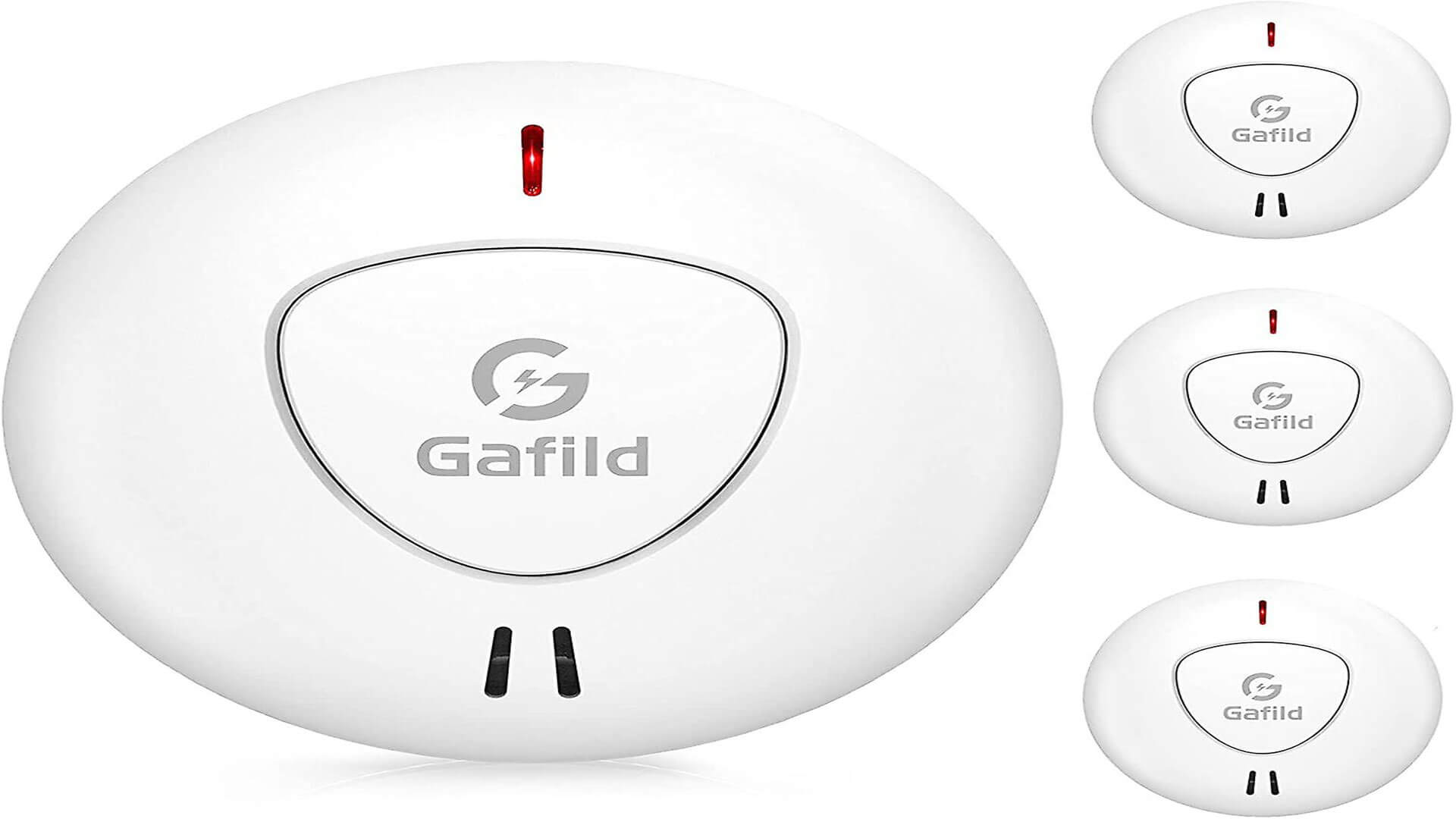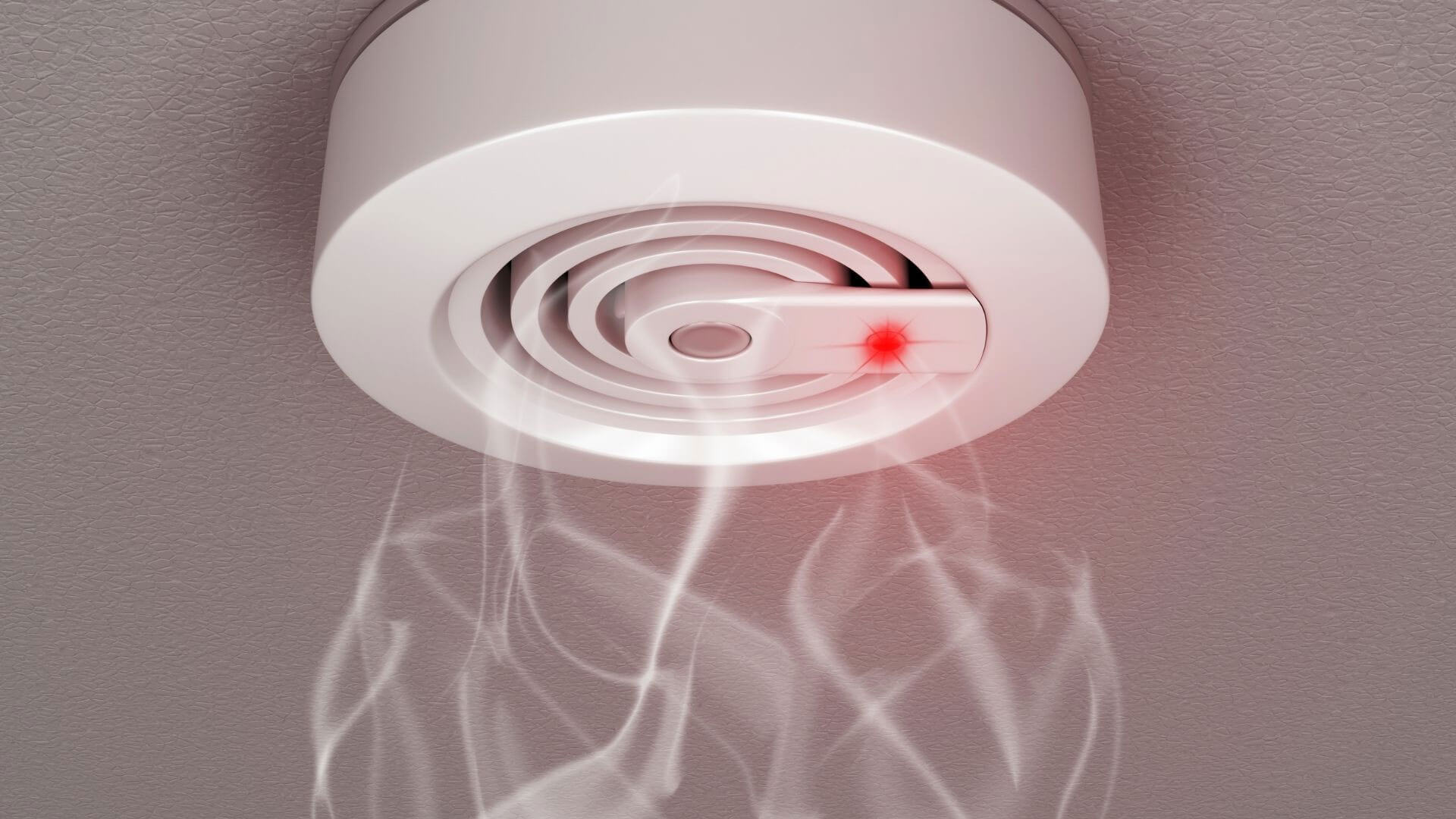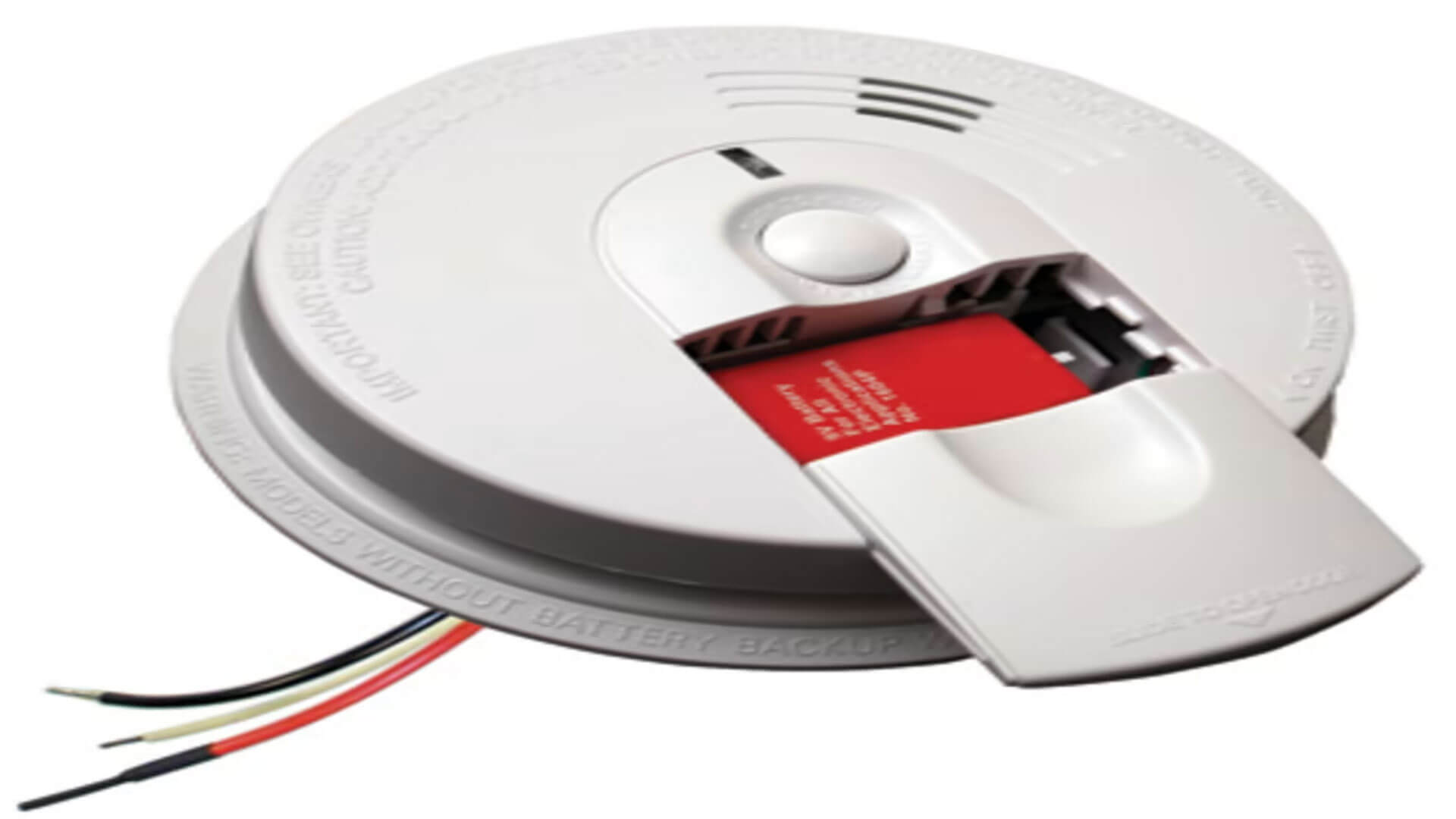If your smoke detector is flashing red, it’s essential that you understand its meaning to quickly address any potential issues and keep yourself and your loved ones safe. Aim to identify what exactly it means as soon as it starts flashing red so as not to cause panic and to ensure optimal safety for all involved.
Blinking red lights are an iconic feature of smoke detectors and alarms, used to indicate various functions such as low batteries or replacement.

Battery
As with other electronics in your home, smoke detectors have an expected lifespan. As they get older, their batteries lose power, reducing current flow through their sensor and potentially leading to false alarms or failure to detect smoke altogether.
As soon as your smoke detector battery starts running low, you may hear its alarm beep or chirp; if not replaced promptly, this means your device won’t detect smoke and warn of fires.
Your smoke detector’s battery can be easily checked by pressing its test button or taking steps such as opening its cover and using a screwdriver to access and extract old batteries. After replacing them with new ones, make sure that pull tab is pulled back tight, and plug it back in before making sure pull tab is closed and detector plugged in; your LED should soon begin flashing a green light signifying normal operation.

Wiring
Most smoke detectors feature an audible or audible warning when their battery power becomes low, helping you change them before they die completely and keep your smoke detector detecting fire when necessary.
If the red light on your smoke detector is still blinking after installing new batteries, this could indicate a wires issue connecting it with your home’s electrical system. If this is the case for you, consult a professional electrician as soon as possible; otherwise attempt bending back the cover onto its sensor without breaking it or installing another detector; if neither solution work then perhaps replacing one will do the trick – remember you should always have at least two in place for best protection in any home!

Sensor
Smoke detectors shouldn’t normally flicker during normal operation unless there is an imminent fire threat, however if the light slows or stops altogether it could indicate something is amiss with its sensor and should be cleaned accordingly.
When the batteries run low, most detectors will provide an early warning by emitting a beep or chirp every few seconds in addition to flashing red lights indicating when new batteries must be purchased. This helps you know when its time for replacement.
Some smoke detectors include a “TEST” button you should press once every month to make sure it is functioning correctly. Pressing this button essentially hammers its sensors, prompting it to begin beeping and flashing more frequently than normal. In such a situation, remove the cover and gently blow out any dust particles or use a vacuum with a brush attachment for additional cleaning efforts.

Detector Age
Smoke detectors that begin beeping or chirping without being activated usually indicate their batteries need to be changed, or may signal dirty sensors requiring cleaning, which should be addressed promptly so as not to set off alarm panels.
Your detector’s age can be determined by checking its back or underneath for an obvious date of manufacture stamped or written in a visible location (for instance near its battery compartment). If it was made more than ten years ago, newer models are more sensitive to smaller particles of smoke for fire detection purposes and should therefore be considered a worthy upgrade option.